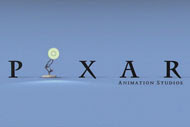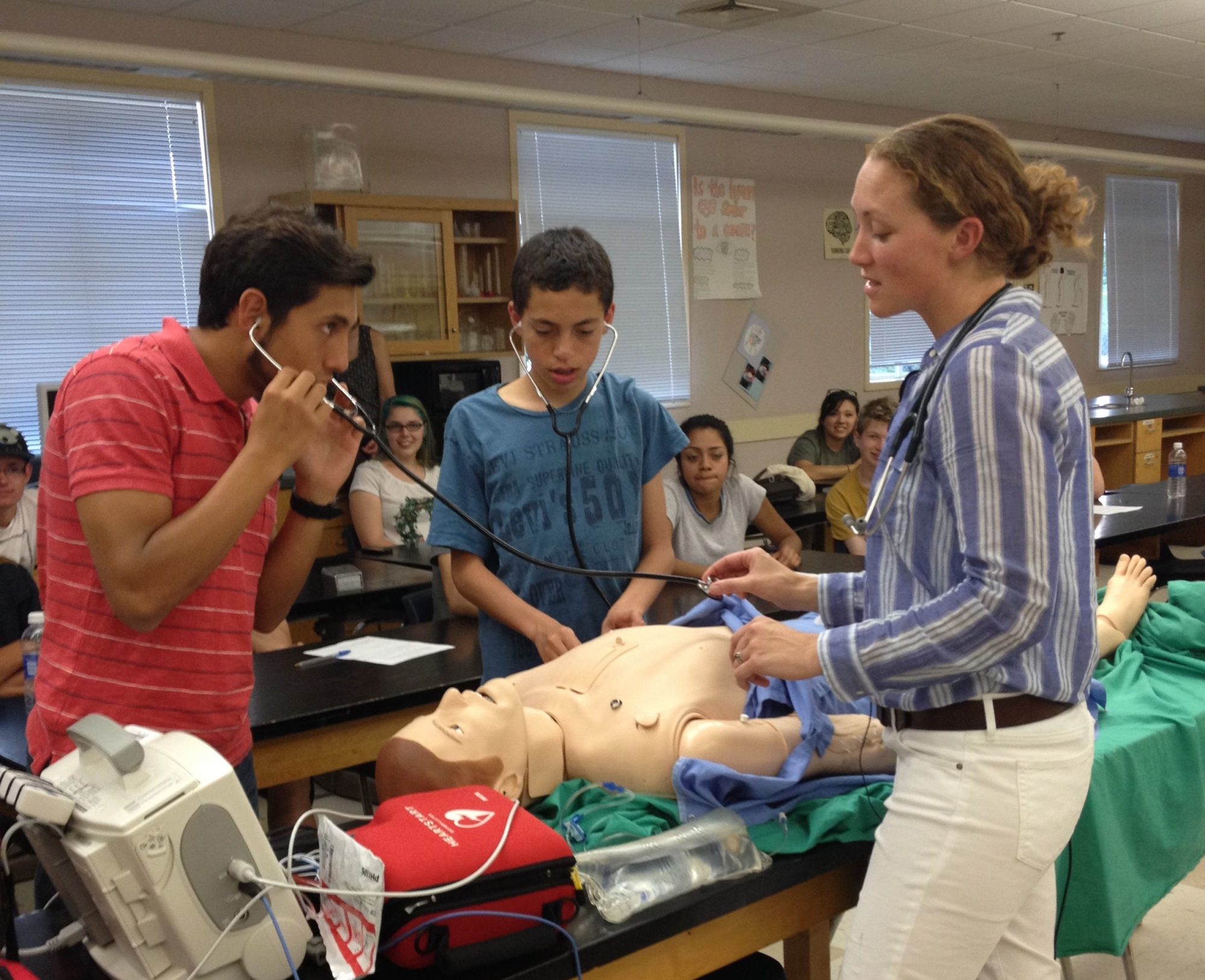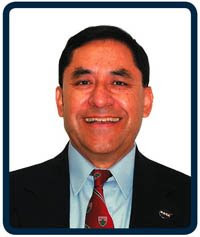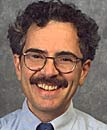HOW TO BLOG
CONDITIONS FOR CREDIT:
If your teacher is offering credit for this, you need to:
1) Have signed in at the session about which you are writing
2) Have introduced yourself to me (Alfia Wallace) at the session regarding your intention to blog for credit, or, I happen to know/remember who you are
3) Write at least 5 original sentences in a cohesive paragraph about the session or a related, relevant topic. This means no lists of “This is what I learned: 1. Blah blah blah” etc.
YOUR COMMENTS:
After reading a post about a particular Marin Science Seminar Session, click on the comments link below. It will have my name (Alfia Wallace) and then a link that says “0 comments” or “1 comment” or some other number of comments. Click on it. You will be taken to a page where you can enter your comments. It makes sense to write or type your comments in a separate document and then to copy/paste them in the comments box so that you can proof your writing.
WHO ARE YOU?
Below the comments box it will say “Choose an Identity” in orange. The top choice is Google ID which you can log into if you want to use your gmail to post. The third choice down is Name/url. Choose this one to just write your name or pseudonym (url optional). This is probably the best choice for most people. If you choose a pseudonym, you’ll need to email me with your pseudonym and real name so that I can let your teacher know what you wrote.









